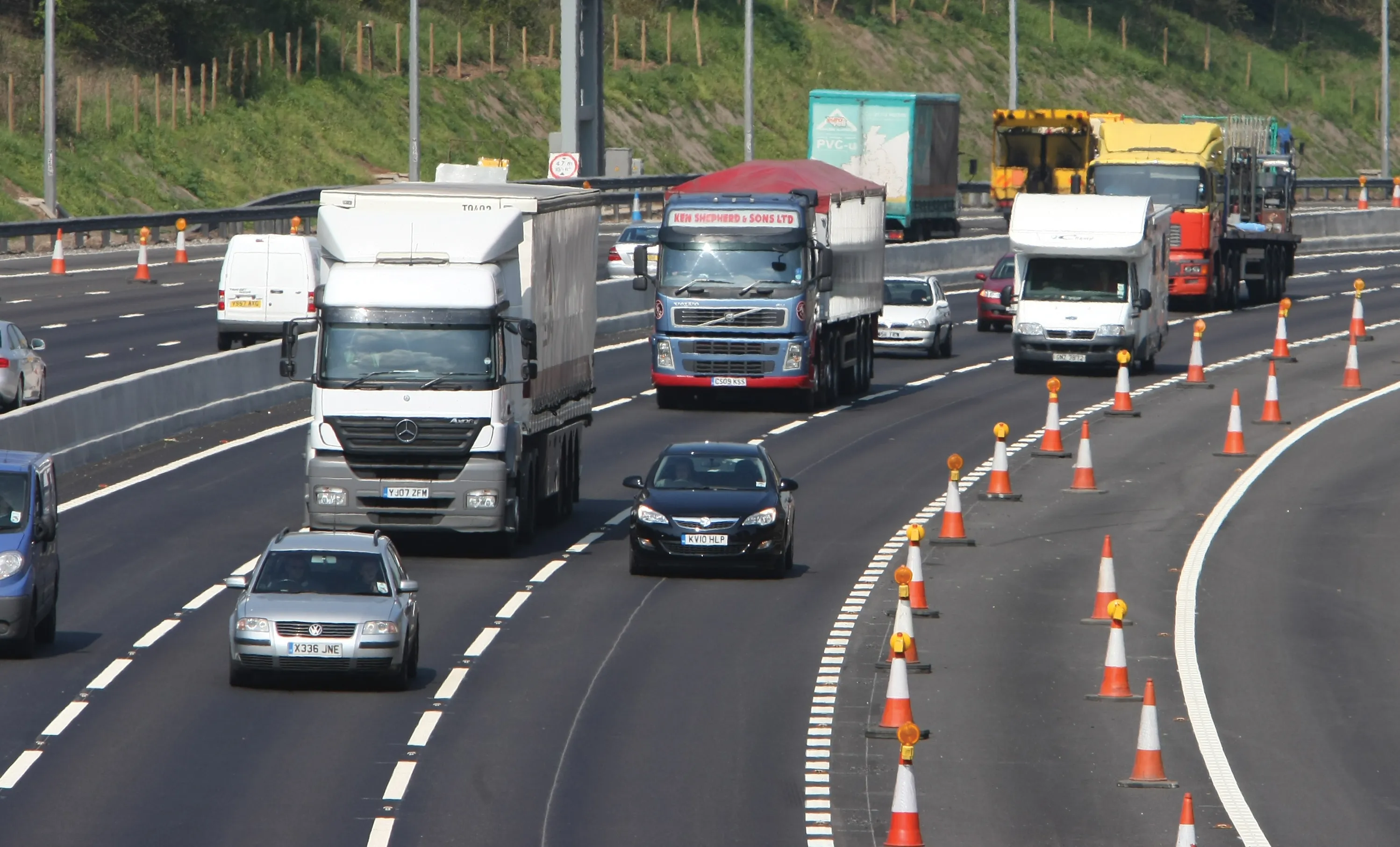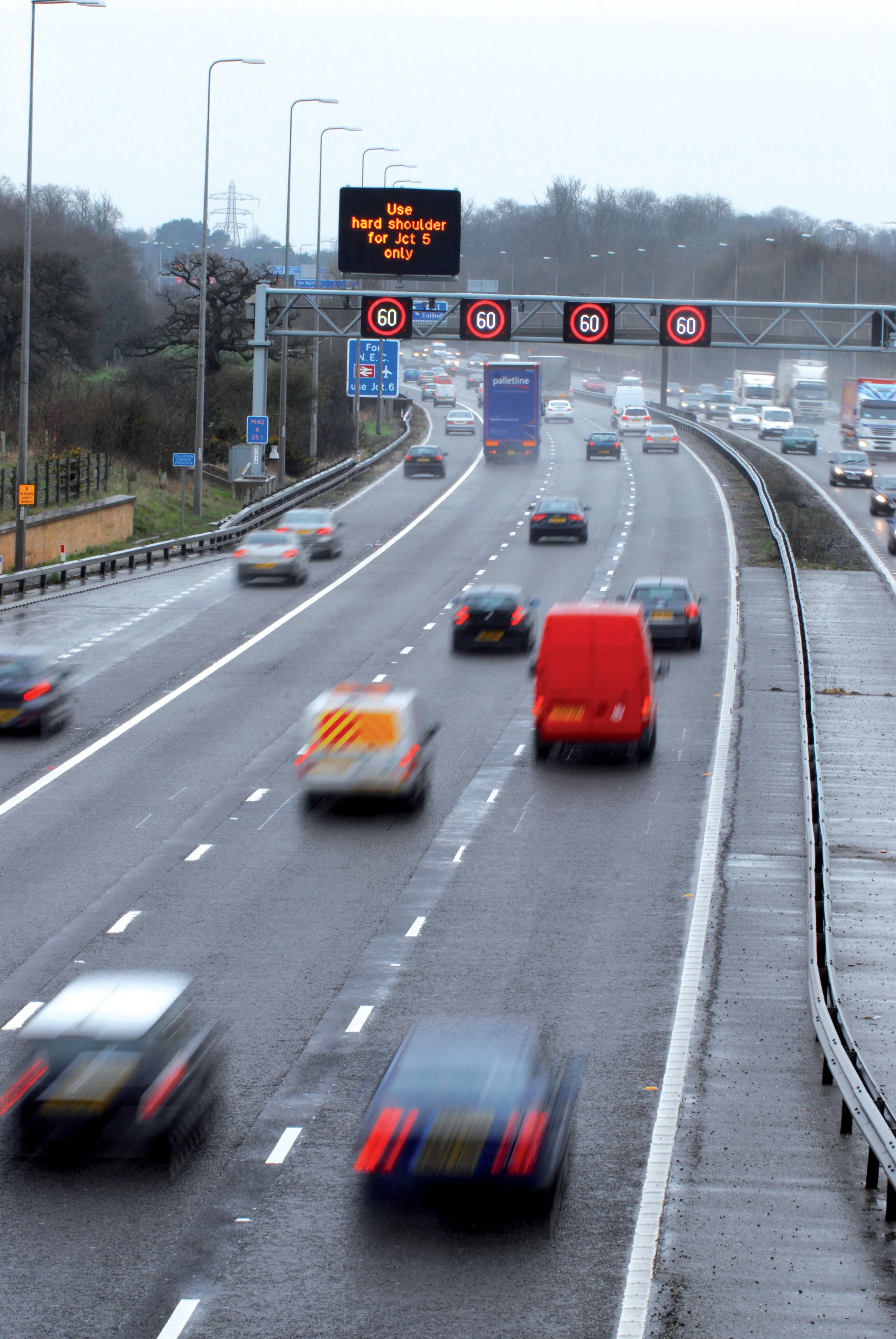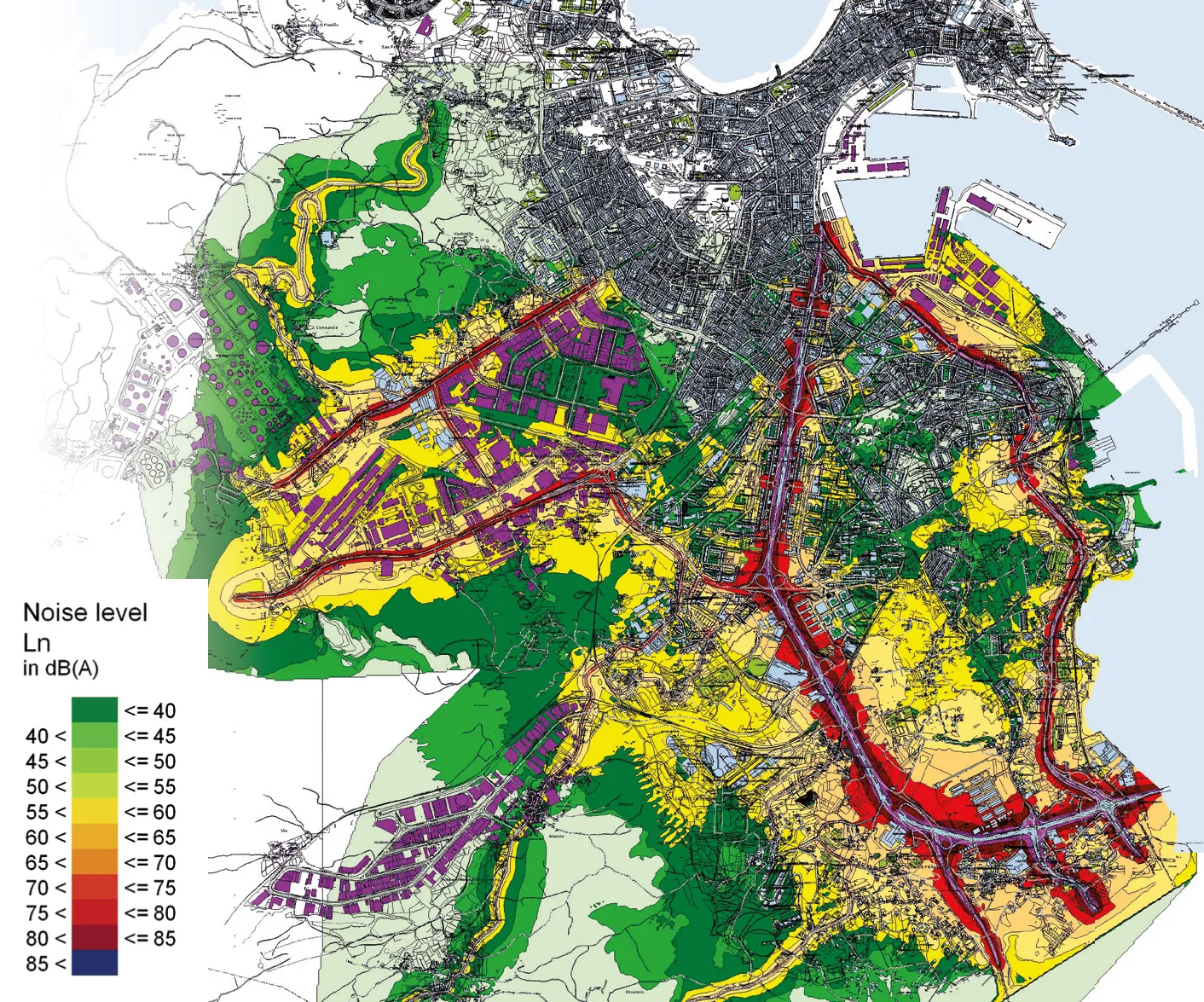Characteristics of traffic speed and flow in managed freeways - *Dr Adrian Withill. In order to maximise the benefits of existing infrastructure, in terms of reduced delays and increased safety, many governments have recently been introducing projects that measure traffic speed and flow and automatically introduce advisory or mandatory speed limits. Such schemes tend to offer relatively quick wins at relatively lower capital costs than traditional highway construction. In light of the current world economy,
June 22, 2012
Read time: 4 mins

Characteristics of traffic speed and flow in managed freeways - *Dr Adrian Withill.
In order to maximise the benefits of existing infrastructure, in terms of reduced delays and increased safety, many governments have recently been introducing projects that measure traffic speed and flow and automatically introduce advisory or mandatory speed limits. Such schemes tend to offer relatively quick wins at relatively lower capital costs than traditional highway construction. In light of the current world economy, initiatives of this kind are now seen as more important than ever before.When considering the potential benefits of introducing speed control on high-speed interurban roads, the result is often considered to smooth the flow and/or help prevent shock waves. If congestion can be prevented, the overall benefits to road users are likely to be substantial, especially during peak periods.
The initial theory of speed (v) and flow (q) originated in fluid mechanics, which provided the symbols used. The flow of traffic on a network and that of fluids in a pipe are similar, but with one major exception. Fluids follow the laws of physics, with only a small element of random behaviour.
Vehicles and motorists occasionally have a good correlation to the laws of physics but the random element within traffic is far higher, mainly due to the decision-making and actions of humans and differential performance of individual vehicles. The relationships established in the science of fluid mechanics can be applied to traffic, but only when there is some control on vehicles so that they act in a homogeneous manner.
When traffic flow is low, it does not matter that individual vehicles may travel at different speeds, but as flows increase, the general average speed will gradually fall due to drivers needing to react to surrounding vehicles and conditions. At a certain point, the speed and flow can break down completely, when speeds suddenly fall. The trigger for this fall can be a variety of circumstances that range from an increase in gradient, which is predictable, to a reduction in forward visibility caused by rain or mist, which is semi-predictable.
However, most drivers will be familiar with the non-predictable adverse effect of traffic when for example a slow vehicle is present in the mix of heavy traffic. The higher the traffic flow (in terms of density and levels of saturation), the more likely it is that flow breakdown will occur.
When unstable conditions are reached and speeds fall suddenly, congestion occurs. Dependent upon the prevailing conditions, the return to normal speeds and flows can take an appreciable period to achieve. During the time of instability and low speed and flow, there can be a huge waste in lost time and fuel usage as additional traffic joins the back of the queue. The potential for collisions at the back of any stationary traffic is also present, which in itself causes further difficulties.
In reality, the cause of flow breakdown has many different attributes but some patterns are recurrent. Clearly, some degree of traffic control can reduce wastage and in some instances, prevent it. With managed freeways, as flow levels increase to a point close to where the speed and flow relationship becomes unstable, variable message signs can help control the speed of vehicles and ensure all traffic travels at a stated velocity. Recent schemes have also introduced opening up of the hard shoulder to traffic, when circumstances allow, increasing capacity and reducing the potential onset of congestion. To encourage compliance, technology can display mandatory speed limits which are supported by appropriate traffic regulations and enforcement measures.
In effect, with speed restrictions set to a pre-planned level, the traffic flow is smooth (laminar), with less lane changing and random behaviour. The occasional motorist who may otherwise choose to drive in an abnormal manner (which can be a cause of congestion in itself) has less opportunity to cause such difficulties.
The science behind the interaction of speed and flow is extremely complex and is still the subject of research. But the introduction of projects to control the speed of traffic on busy interurban highways, when accurately calibrated, can offer major benefits for relatively low capital outlay and as such, offer excellent value for money and substantial reductions in waste.
*Dr Adrian Withill is director, Intelligent Transport Systems, URS








